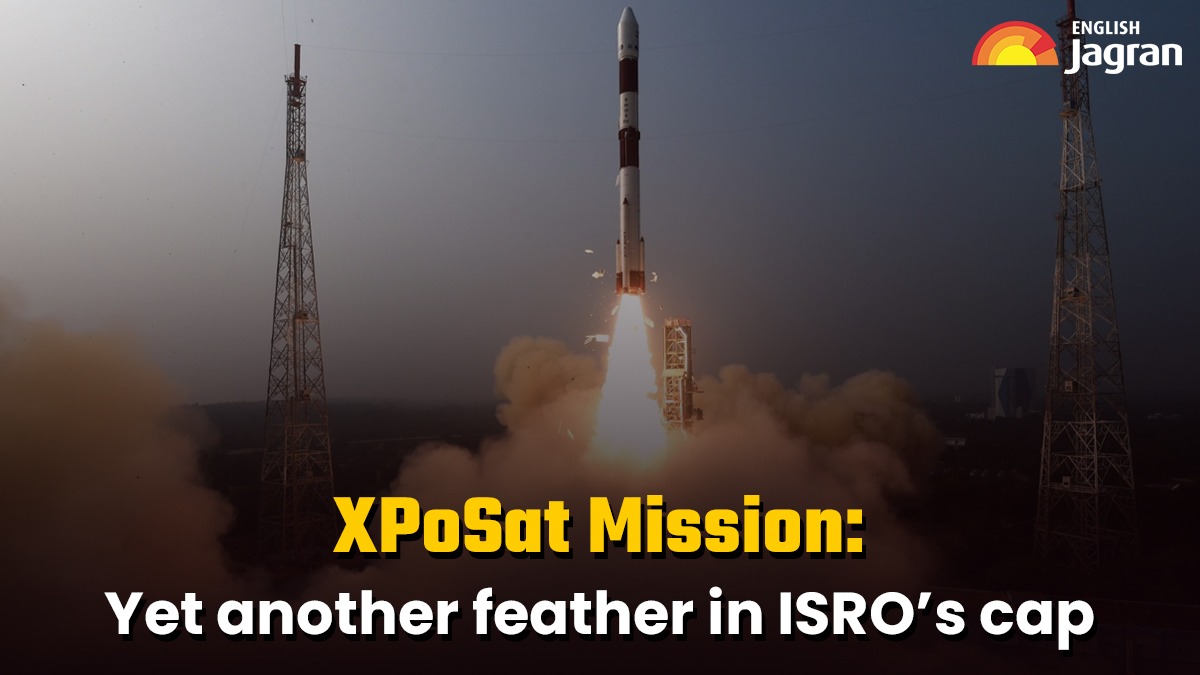- By Abhishek Sheoran
- Mon, 01 Jan 2024 02:55 PM (IST)
- Source:JND
The Indian Space Research Organisation (ISRO) on Monday launched X-Ray Polarimeter Satellite (XPoSat) from its centre in Andhra Pradesh’s Sriharikota. "Lift-off normal. XPoSat satellite is launched successfully. The POEM-3 is being scripted. XPoSat health is normal. Power generation has commenced," the space agency posted on X (formerly Twitter).
While addressing from the ISRO podium, the space agency chief S Somanath said they have accomplished the mission to successfully launch the PSLV-C58 XPoSat Mission on New Year.
ALSO READ: Prosperity, Peace And Wonderful Health For All: PM Modi Extends Greetings On New Year
The mission director Jayakumar M said the mission showcases women's empowerment as the satellite was women-engineered.
What is XPoSat:
XPoSat (X-ray Polarimeter Satellite) is India’s first polarimetry mission meant to study various dynamics of bright astronomical X-ray sources in extreme conditions. It carried two payloads along with it. The emission sources from various astronomical sources, including black holes, neutron stars, active galactic nuclei, and pulsar wind nebulae will be studied. It is only the world’s second polarimetry mission using X-ray after NASA's Imaging X-ray Polarimetry Explorer (IXPE) that was launched in 2021.
Purpose of mission:
The key mission will act as a crucial diagnostic tool for examining the radiation mechanism and geometry of celestial sources. Through this mission, the scientists will try to ascertain how X-rays work in space. It will also enable them to unearth new information about some of the major cosmic events. The mission will study over 50 brightest known sources in the space.
ALSO READ: Jharkhand: Six Killed, Two Critically Injured After Car Hits Divider In Jamshedpur; Probe On
What is Black Hole:
A black hole is an astronomical object with a strong gravitational pull. Matter and radiation falling inside it couldn’t escape out. As far as the researches till now are concerned, two categories of Black Holes have been observed so far. Stellar-mass black holes with a dozen times mass than the sun are spread across the Milky Way galaxy, while supermassive monsters weighing 100,000 to billions of solar masses are found in the centres of most big galaxies, ours included. After being born, the Black Holes increase their size by accrediting matter that falls into them. In the past decade, scientists have detected the signals of their collisions and taken images of the light from the gas swirling around them—and this has helped us learn many things about the universe.

